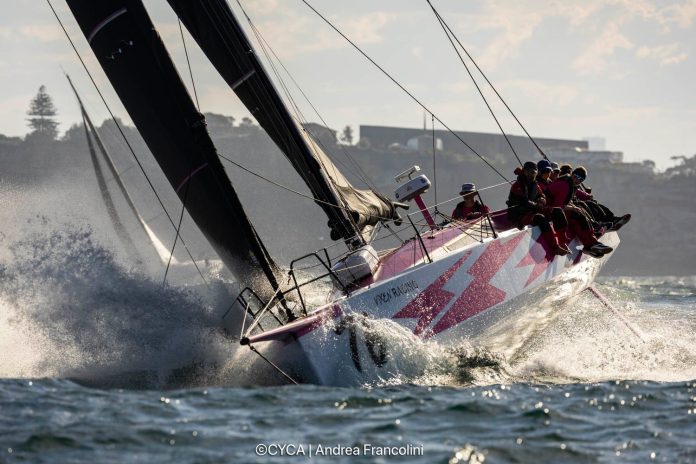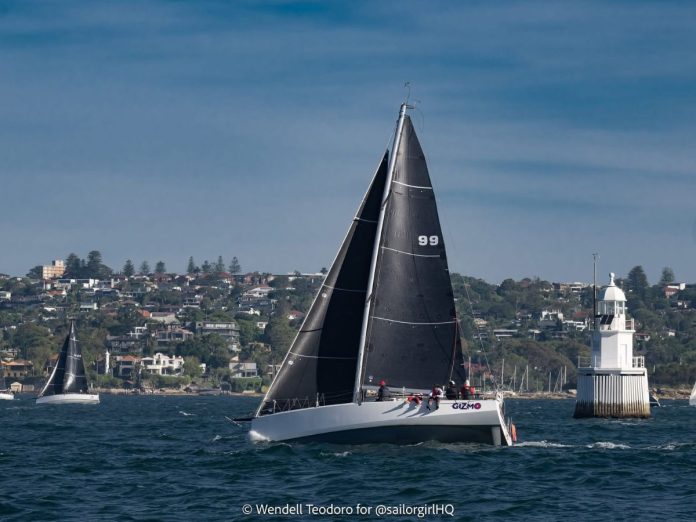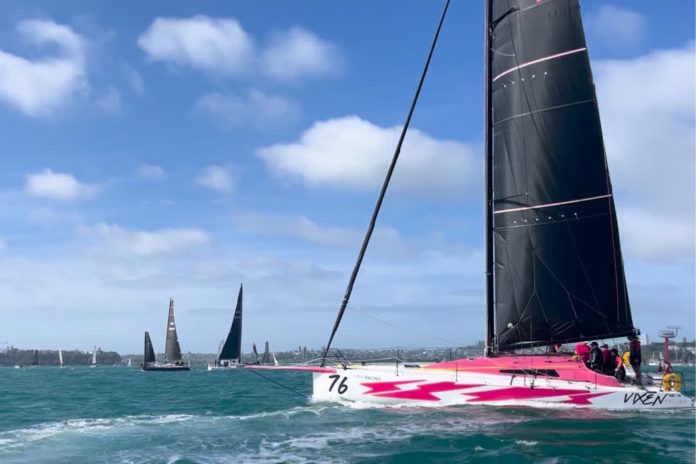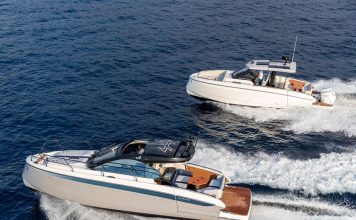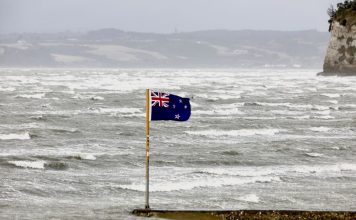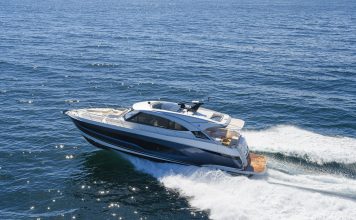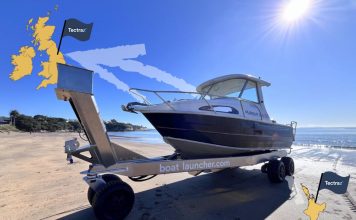A tragic night at sea
Roy Quaden, a 55-year-old Western Australian sailor on Flying Fish Arctos, lost his life after being struck by the yacht’s boom. Despite immediate CPR efforts by his crew, Quaden could not be revived. Meanwhile, Nick Smith, a 65-year-old South Australian on Bowline, suffered fatal injuries after being struck by the mainsheet and thrown into a winch. These tragic incidents occurred amid challenging weather conditions that had already seen 22 yachts retire from the race, including Georgia Express, which experienced an electrical fire, and The Shepherd Centre, which faced engine issues.
Both Quaden and Smith were seasoned sailors, and their deaths have cast a sombre shadow over this year’s race. Our condolences go out to their families, friends, and crew mates.
The organisers’ stance
Speaking in Hobart, CYCA Vice Commodore David Jacobs addressed the question on everyone’s mind: why was the race allowed to proceed? “It is a fundamental principle of yacht racing,” Jacobs said, “once the race starts, the skipper has the right, and the obligation, to decide whether it’s safe to continue. So it’s the skipper’s decision whether he or she wishes to race or retire.”
Jacobs emphasised that local weather conditions are best evaluated by skippers, who must determine whether it is safer to turn back or push forward. He also pointed out that cancelling the race would dismantle the robust safety structure designed to support competitors. “Our view is that the crews are safer with that structure over them than for it to fall away,” he explained, reiterating that the safety of all participants is the Race Committee’s top priority.
Balancing responsibility: Skippers vs organisers
The Sydney to Hobart is not merely a race; it’s a test of endurance, skill, and decision-making. Offshore racing carries inherent risks, and the responsibility for safety ultimately lies with the skippers. Each crew faces unique challenges at sea, and skippers are tasked with evaluating whether their vessels and teams can continue under the prevailing conditions.
At the same time, questions remain about the role of organisers in mitigating risk. Could the CYCA have done more to anticipate and respond to the hazardous forecast? Or does their decision to proceed honour the spirit of the race and respect the autonomy of its participants? These are questions that the global sailing community must grapple with.
The allure and danger of the Sydney to Hobart
Despite its dangers, the Sydney to Hobart continues to draw sailors from around the world. The race’s unforgiving nature is part of its allure, attracting those who thrive on the challenge of navigating Bass Strait’s notorious conditions. For many sailors, the decision to participate is deeply personal, driven by a passion for adventure and a commitment to the sport.
This year, New Zealand’s Caro, led by British sailor Adrian Stead, exemplifies the competitive spirit that keeps this race alive. As the fleet pushes towards Hobart, race leader LawConnect maintains a 14-nautical-mile lead with just 120 nautical miles to go. For these crews, the race is as much about resilience as it is about speed.
Reflection
The deaths of Roy Quaden and Nick Smith are a stark reminder of the risks inherent in offshore racing. While the CYCA’s decision to proceed with the race may divide opinion, it highlights the complex interplay between personal responsibility and organisational oversight.
For New Zealand’s boating community, the tragedy underscores the importance of preparation, communication, and respect for the sea’s unpredictable nature. Whether the race should have been cancelled or not, it remains a testament to the courage and determination of those who choose to compete.
As the Sydney to Hobart continues to evolve, so too will the conversations around safety and accountability. For now, the focus remains on ensuring a safe finish for the remaining fleet and honouring the memories of those who have been lost.













